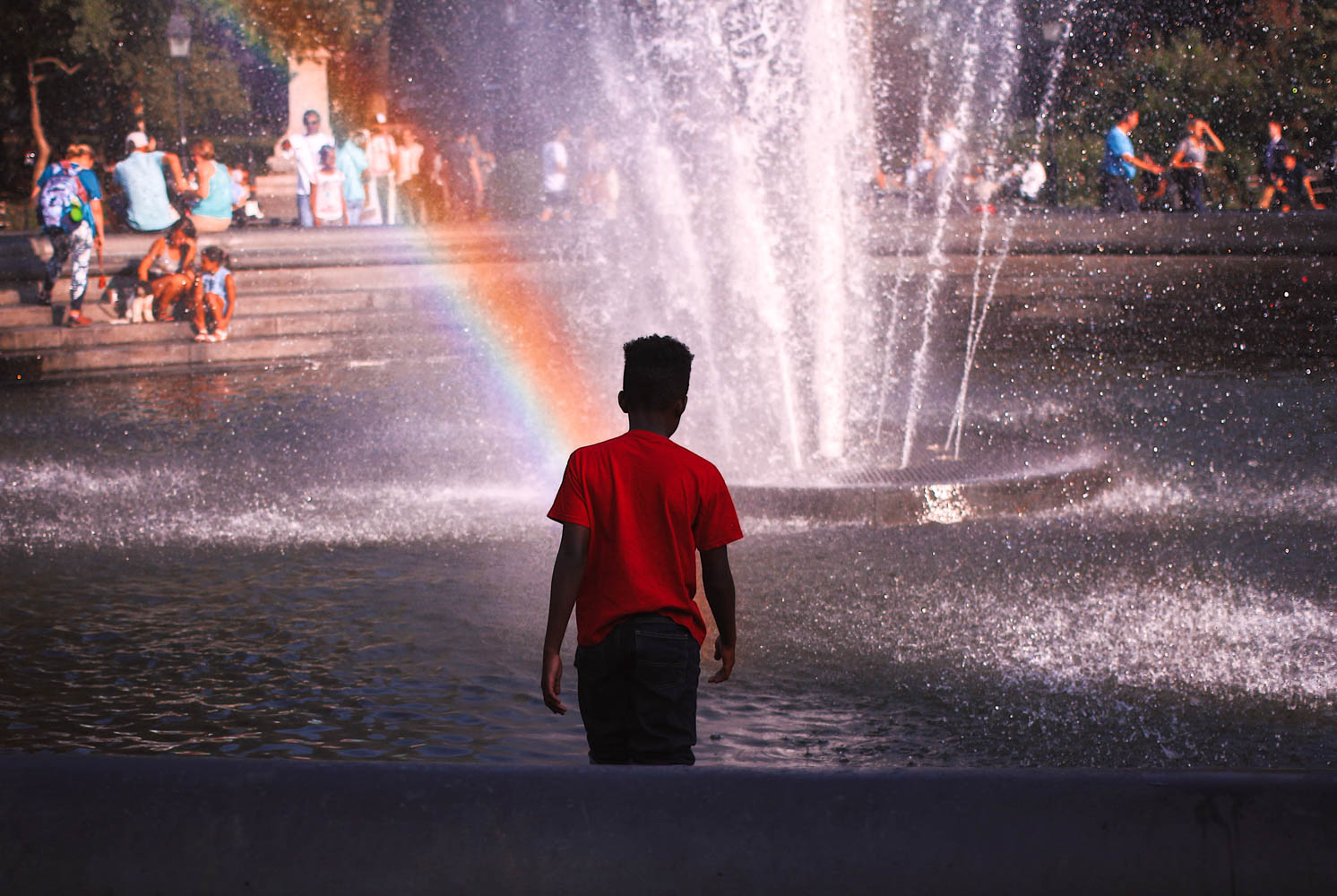
What Makes A Photographer: 8 Visual Artists On Their Path To Becoming A Photographer
What challenges can an artist encounter on their path? Depositphotos, the international platform for stock images, music, and video, studied the stories of 8 modern photographers to understand what factors shaped their artistic vision. We publish some of their works and statements below. Full stories can be found on the special project page.
Eldar Khamitov is a streetlife photographer from Kazakhstan who lives and works in New York. Seven years ago, he acquired a camera to study the city through a lens. A few months later, street photography became a tool that allowed him to express his feelings and feel like he’s part of a strong community of like-minded people.
“I was inspired and shocked to see how certain subjects that interested me were present in Vivian Maier’s shots as well. This made me feel like there was a connection between all street photography lovers. This connection makes us want to go out, shoot, and sometimes unconsciously choose things to photograph,” Khamitov said.
When Eldar feels overwhelmed, he searches for street scenes that could become metaphors for his inner state. This is a quote he shared about a foggy morning on Fire Island.
“Two men with a dog appeared out of nowhere. It boosted my creativity, and I made a series of moody shots in the fog. This experience taught me that with street photography, you can never expect when or how something will happen. No matter what’s going on in your life, there’s always an opportunity to create something cohesive if you carry your camera with you.”
Kate Kondratieva is a Ukrainian visual artist who turned photography into her main occupation after leaving medical university. Her honesty in front of herself made her quit and start looking in a different direction.
Kate Kondratieva agrees with Richard Branson’s opinion that you should choose what you love, even if it carries significant risks.
Kate works with a genre that is at the intersection of photography and psychology. She creates psychological portraiture: “Oftentimes, people come to me to heal after getting divorced or experiencing major life changes. They want to remember themselves in that state to release it afterwards. I am incredibly glad that they trust me with their most sincere and personal moments, and that I chose this very path eight years ago.”
Morfi Jimenes is a Peruvian artist who captures daily life and the relationship between human behavior and the environment.
Morfi’s career breakthrough was a series of photographs that he dedicated to his grandmother, who passed away that year. His work won first prize in the Hasselblad Masters competition in 2008. The series captures the pain of loss and memories of his grandmother, who was like a second mother.
“Now, almost 20 years have passed, and I look at photography differently. It’s like riding a bike. In the beginning, you’re worried about technique, but once you master it, you can ride no-handed and roll a cigarette simultaneously. The same goes for photography, ” was a thought Morfi Jimenes shared with Depositphotos.
Andrey Gudkov is a world-known wildlife photographer from Russia, whose works often appear in encyclopedias and scientific magazines. The path to worldwide recognition for Andrey was filled with trial, error, and diligence. After receiving a biology education, he opted for the wildlife photography genre, as he found the animal world both intriguing and challenging.
“There were no schools or courses to study wildlife photography in the early 2000s [in Russia]. The best I could do was explore the works of famous photographers and analyze every image myself. This was the only educational material available, which is why there were more falls than victories. Sometimes, I asked myself, “How long do I keep on trying?” This very thought made me want to quit, ” the photographer told us.
According to Andrey Gudkov, wildlife photography is about much more than just taking a picture.
“The beautiful image that ends up hanging at an exhibition is the tip of the iceberg. The main part of it consists of preparing, organizing, budgeting, licensing, shooting, and finding transportation, as well as security. The shot itself is the quintessence of many different things, ” the photographer told us.
Andrey admits that wildlife photography is comparable to the conquest of new heights for climbers. At every stage of a trip, you face critical difficulties, but if you continue trying and do not give up, you might be able to capture an image that will go down in history.
“It took me four years to capture breaching humpback whales and three years to organize an expedition to Cuba. After three years of trials, we were permitted to visit one of the largest flamingo colonies in the Río Máximo Wildlife Park in Camagüey. (…) In the end, the material about flamingos was named one of the best by National Geographic’s main editorial board in Washington, D.C.”
Katalin Száraz is a Hungarian photographer and filmmaker based in Paris, who grew up in Vác, Hungary. Katalin’s parents supported her desire to become a visual artist, and due to her father’s occupation (he was a sailor), the theme of home and travel became a central theme in her works.
“As a child, I always received postcards from different countries and followed my father’s journey on the big world map in our living room. I think this played a role in how I live today. Traveling, saying goodbye, and reuniting with my family has always been a big part of my life.”
As an adult, Katalin realized that constantly moving from one country to another prevents her from understanding where her real home is. In the span of 8 years, she lived in four European countries and made trips to Japan, China, Vietnam, Malaysia, Thailand, Cambodia, Singapore, and Indonesia.
“When I moved to Belgium for my Master’s degree, I started dealing with the issue of having a ‘rootless’ lifestyle. When I came back to Hungary, I suddenly felt less at home there, and it became harder to define where I belong, ” Katalin Száraz shared.
Working on an art project about roots and homes, Katalin began to experiment with Polaroid emulsion lifts. She created floating self-portraits that expressed a hovering and crumpled state.
The project made the concept of “home” more tangible for her and helped her formulate her ideas on this topic: “In these years, I learned that if you have the courage to open up about personal issues through your work, it can result in powerful art.”
Three more artists from Mongolia, Turkey, and Israel took part in The Photographer’s Way by Depositphotos. Read their complete stories on the special project page, and get inspired by their shoots.
More info: blog.depositphotos.com
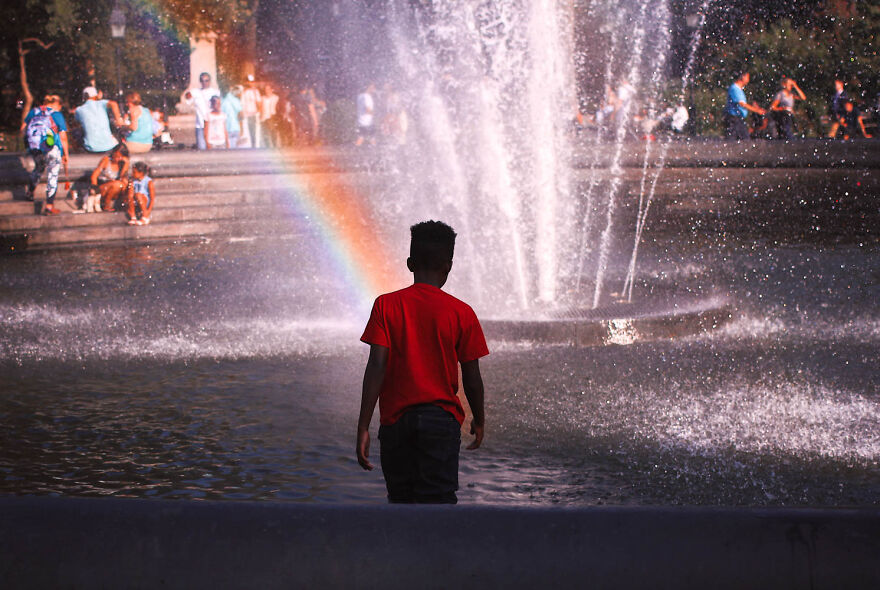
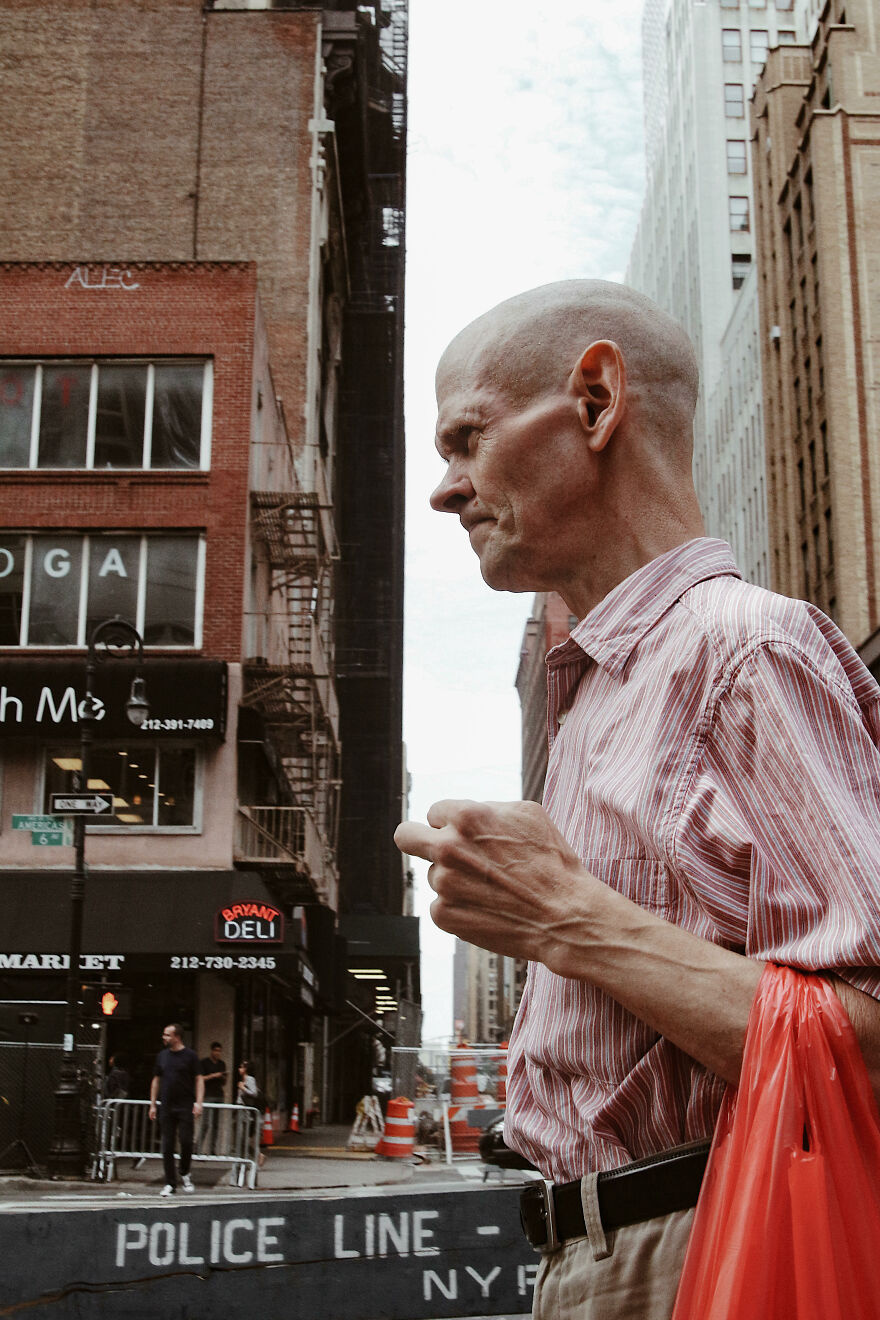
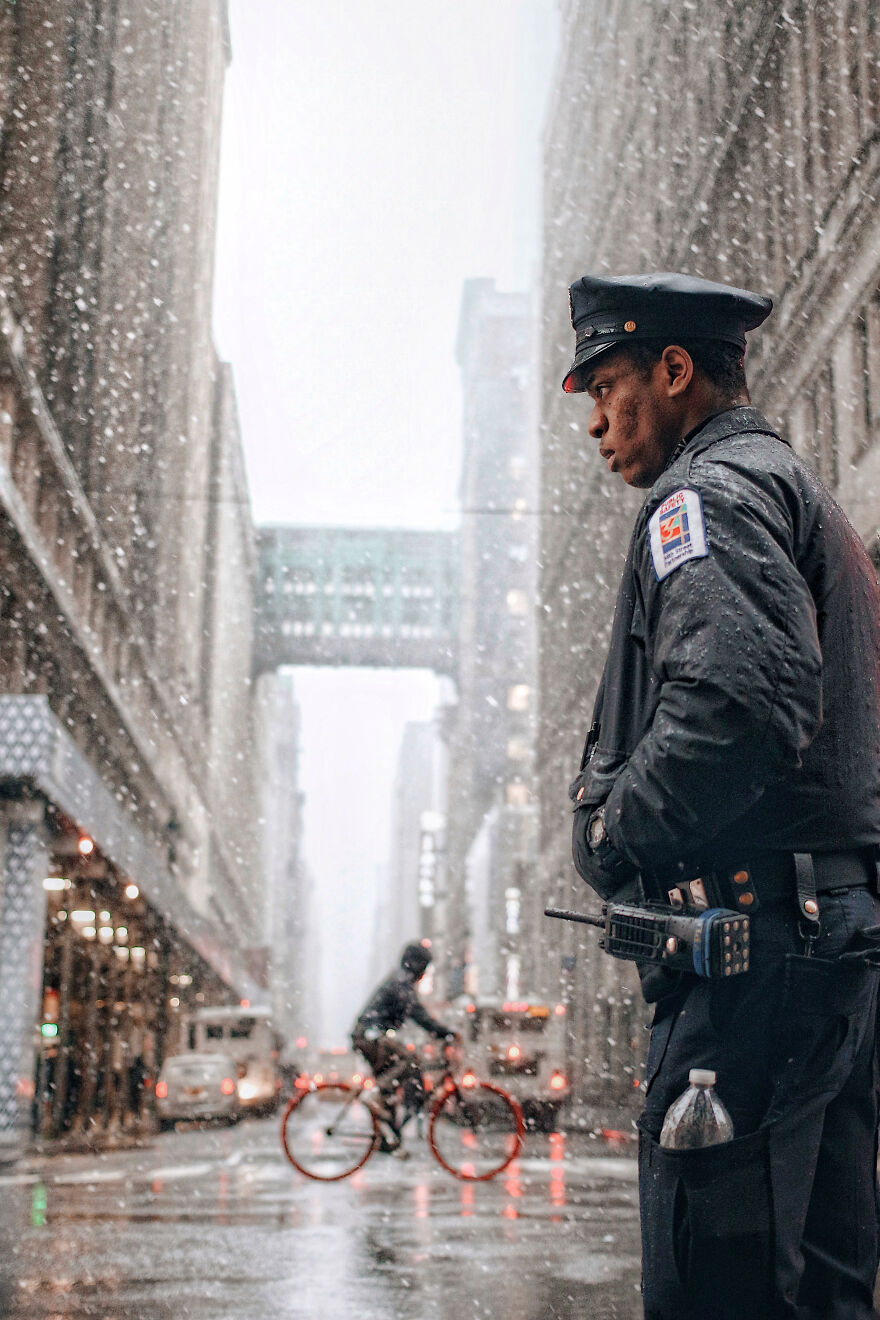
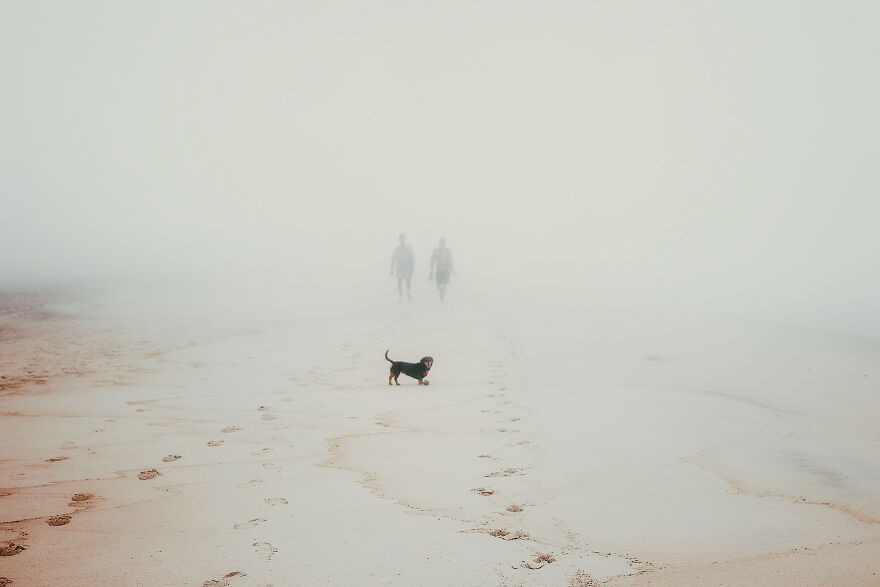
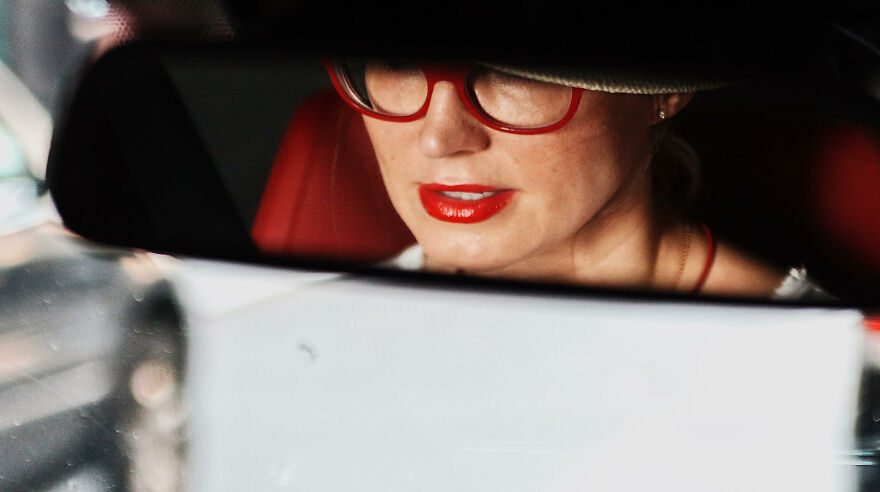
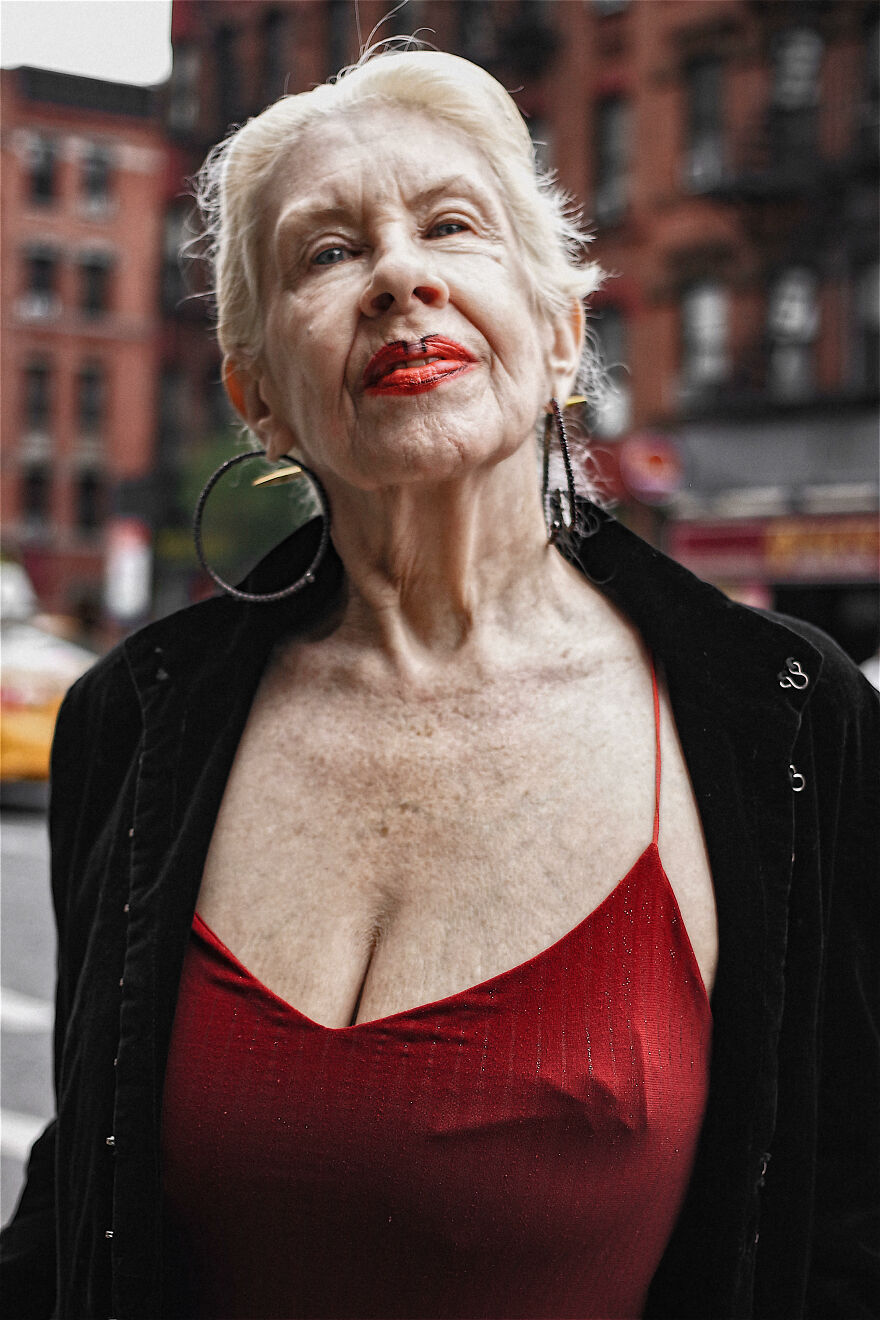
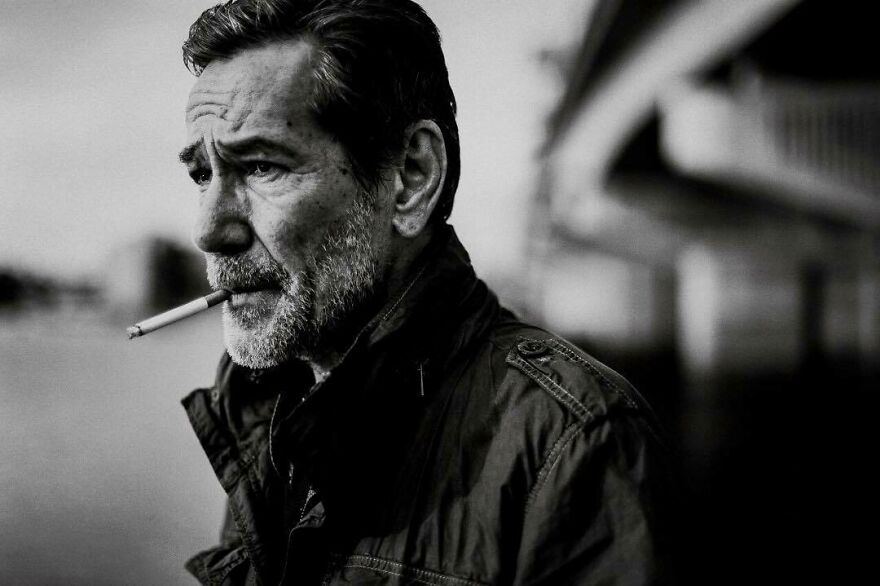
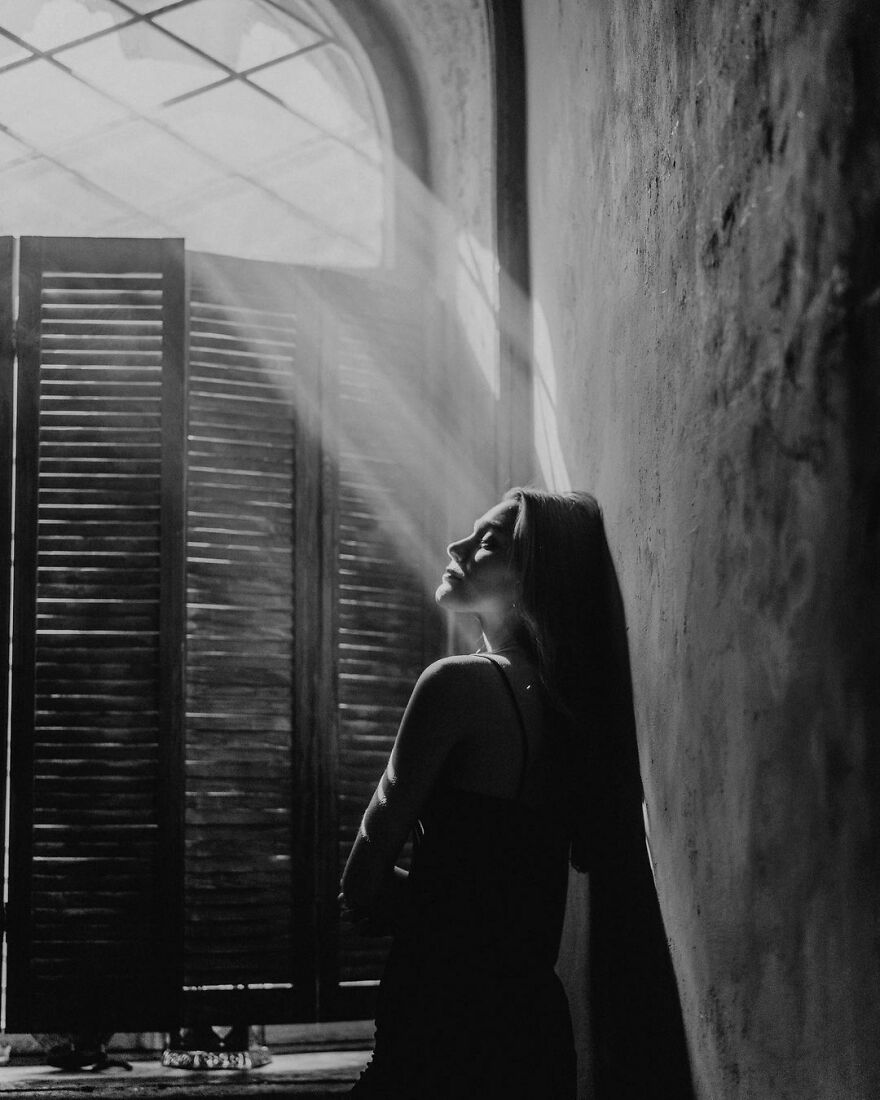
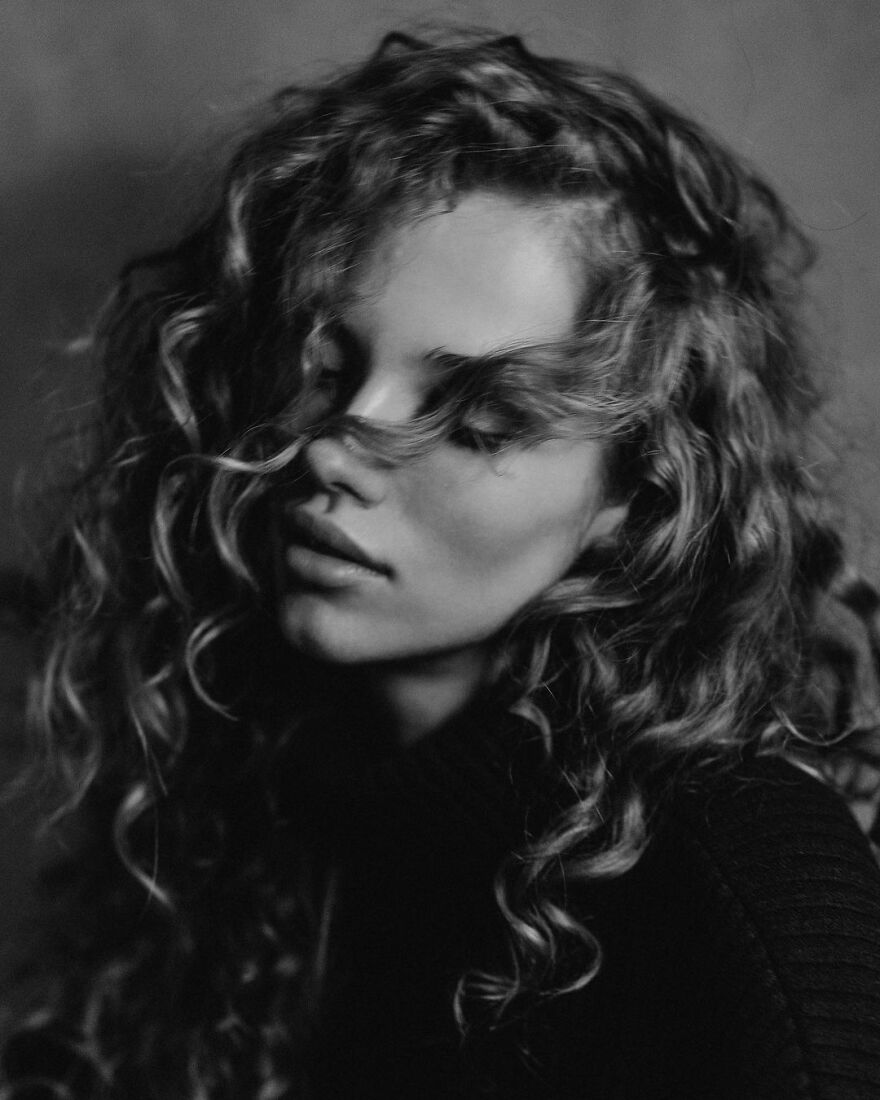
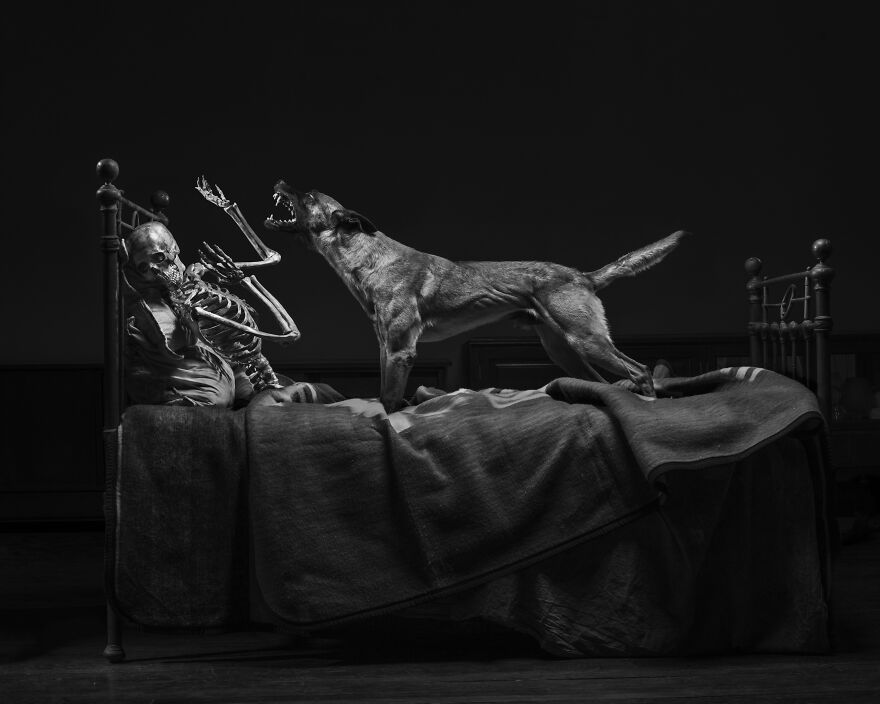
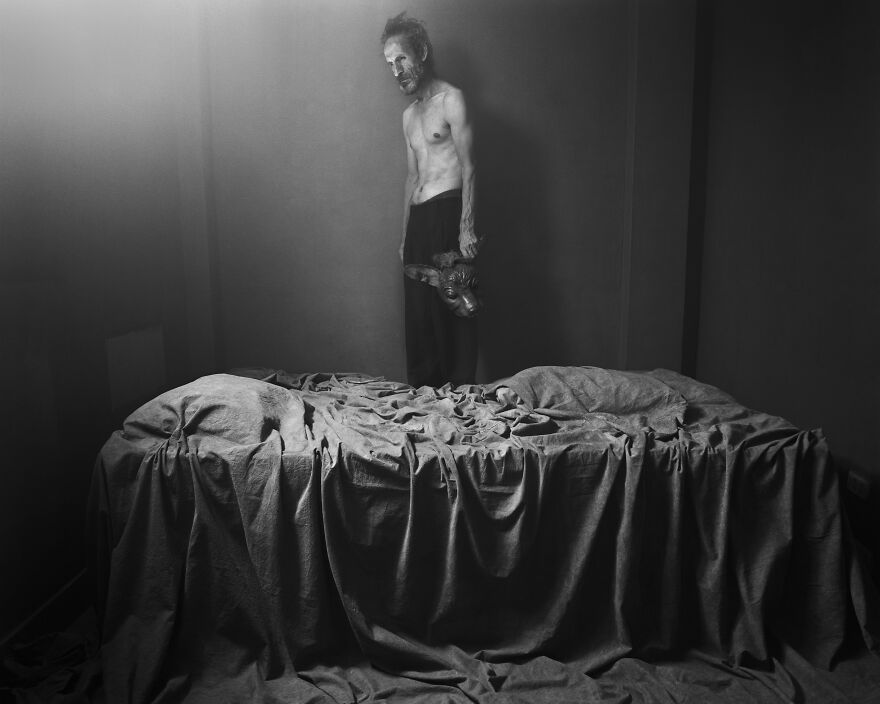
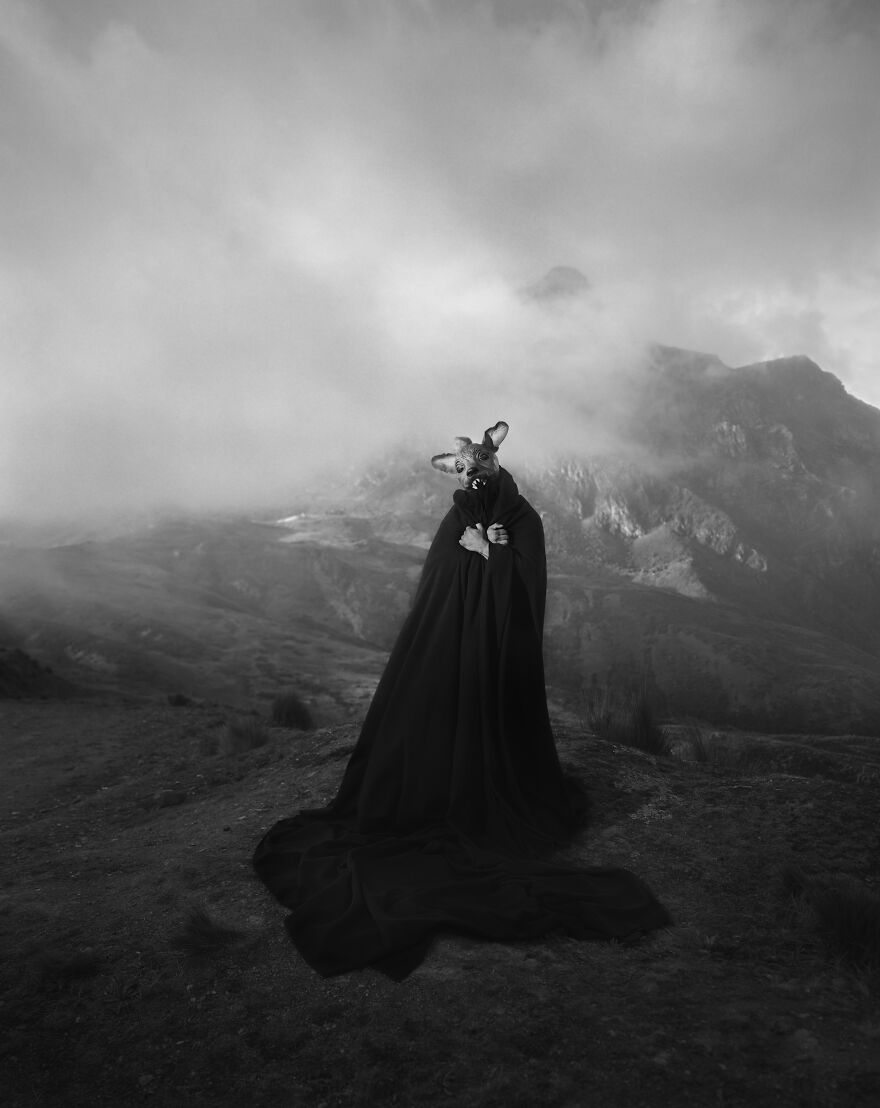
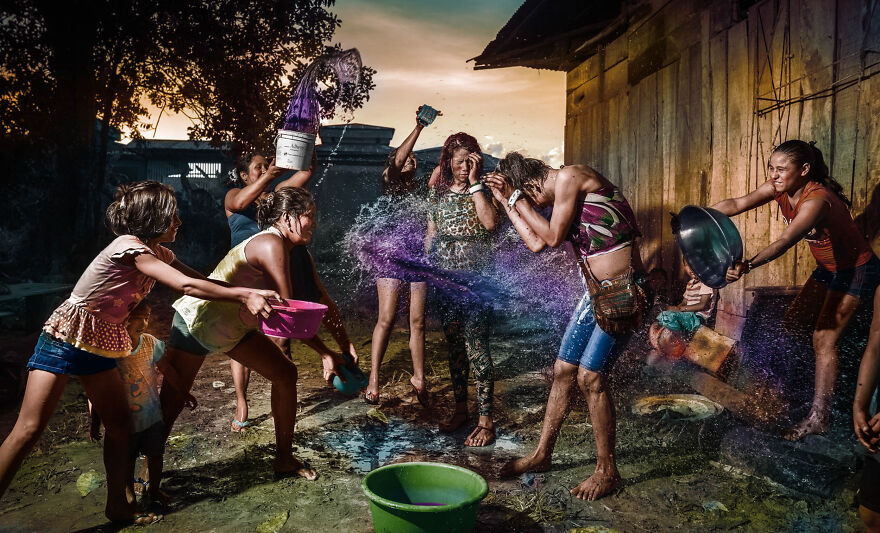
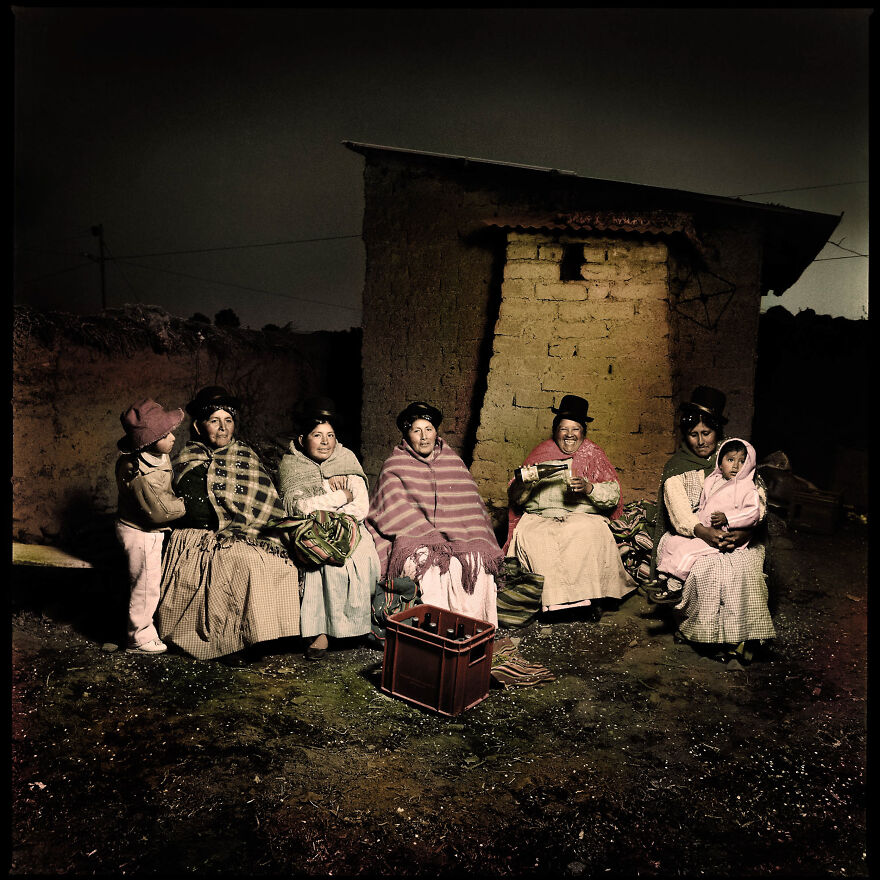
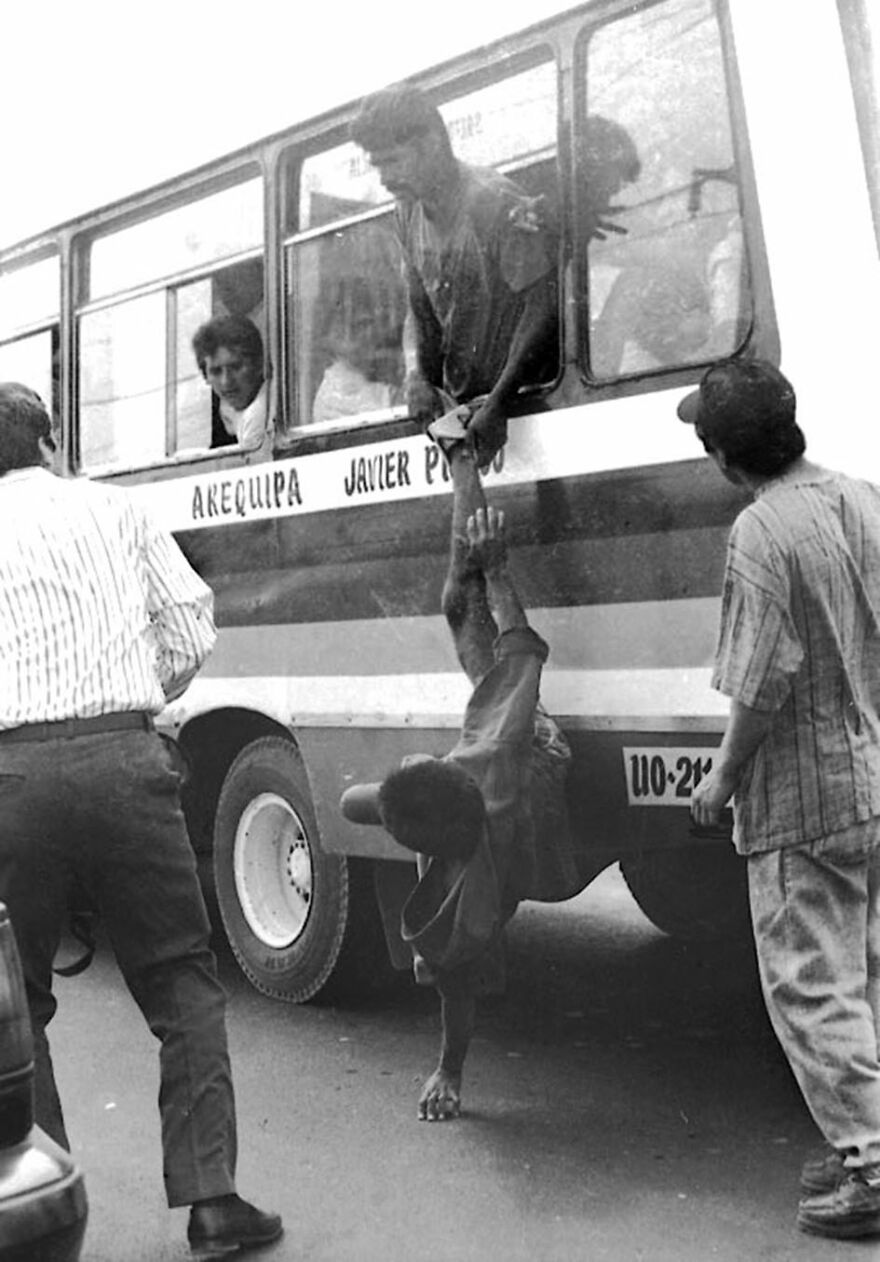
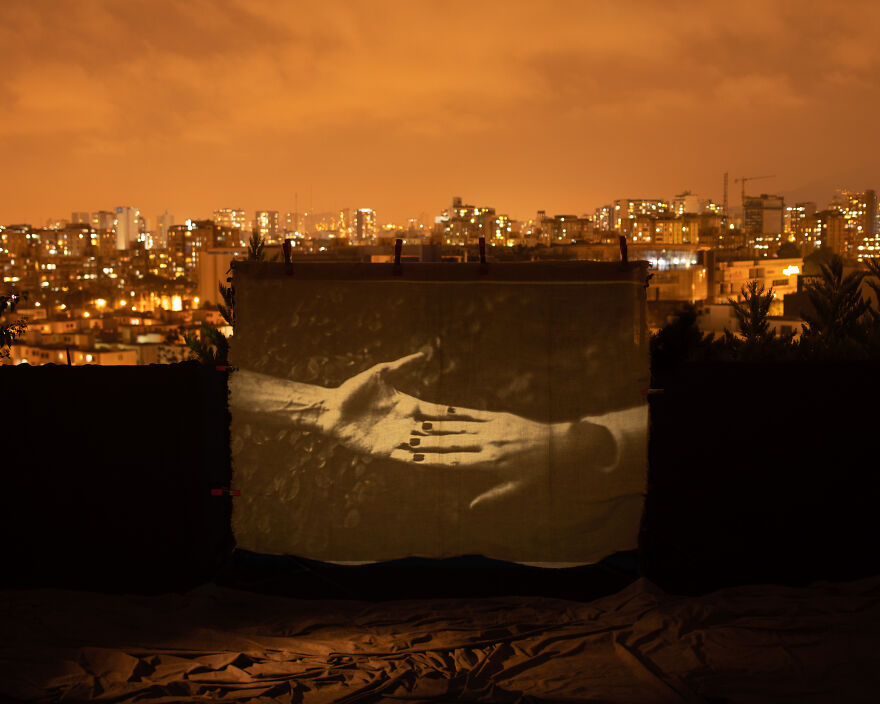
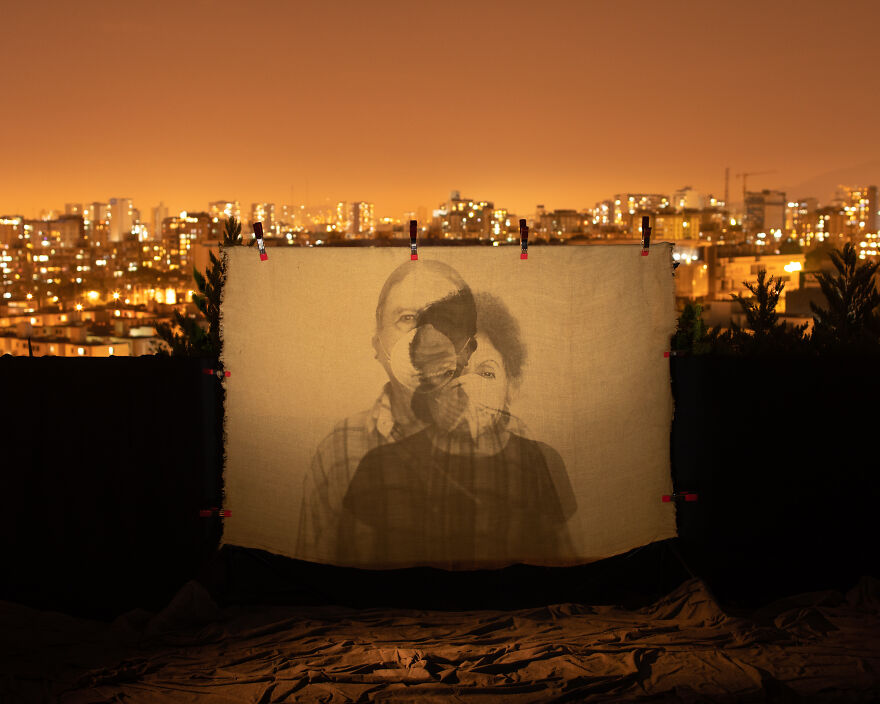
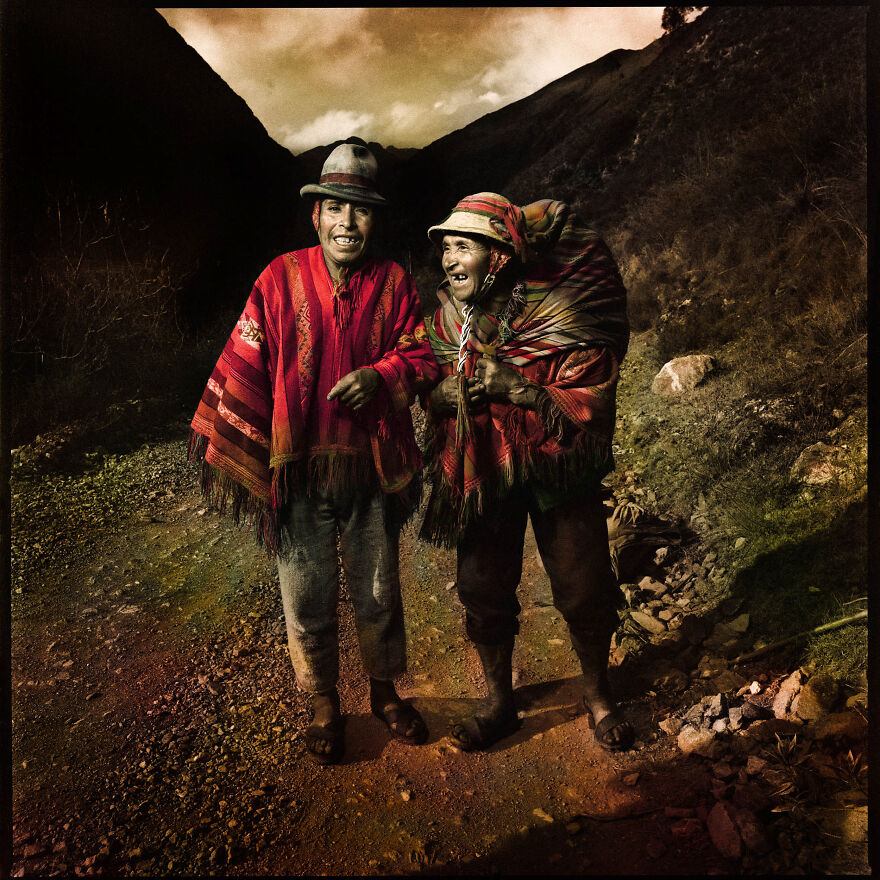
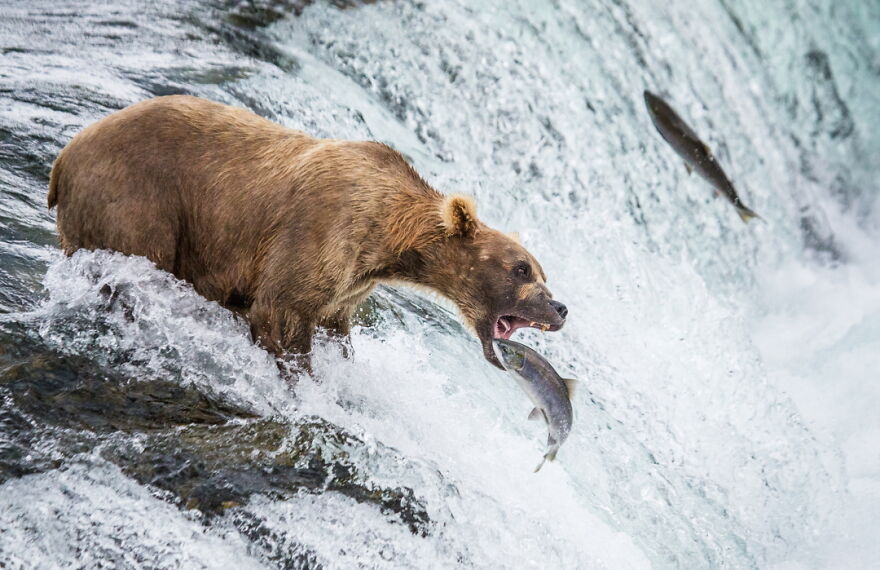
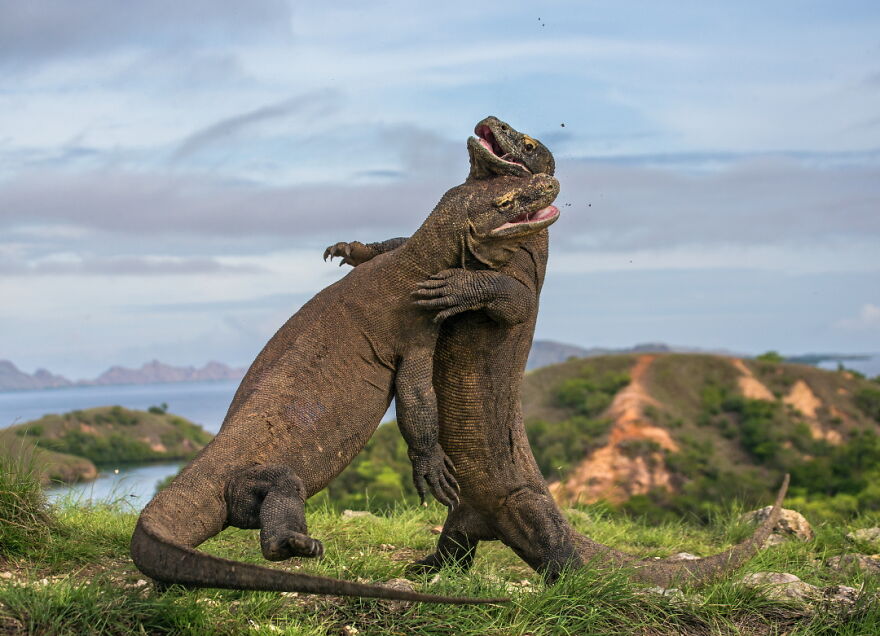
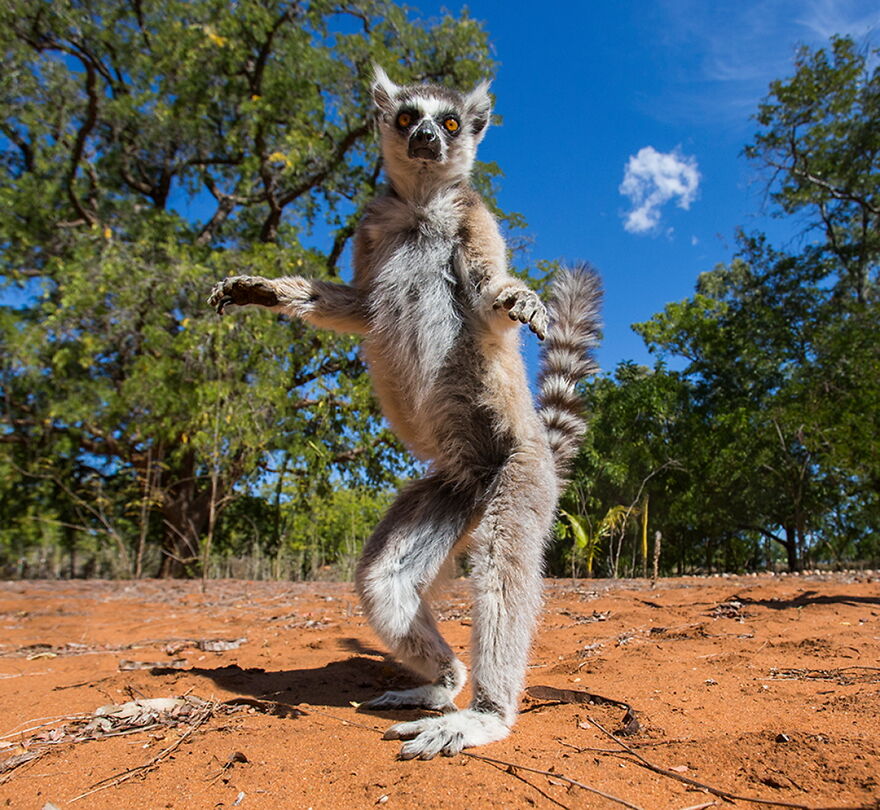
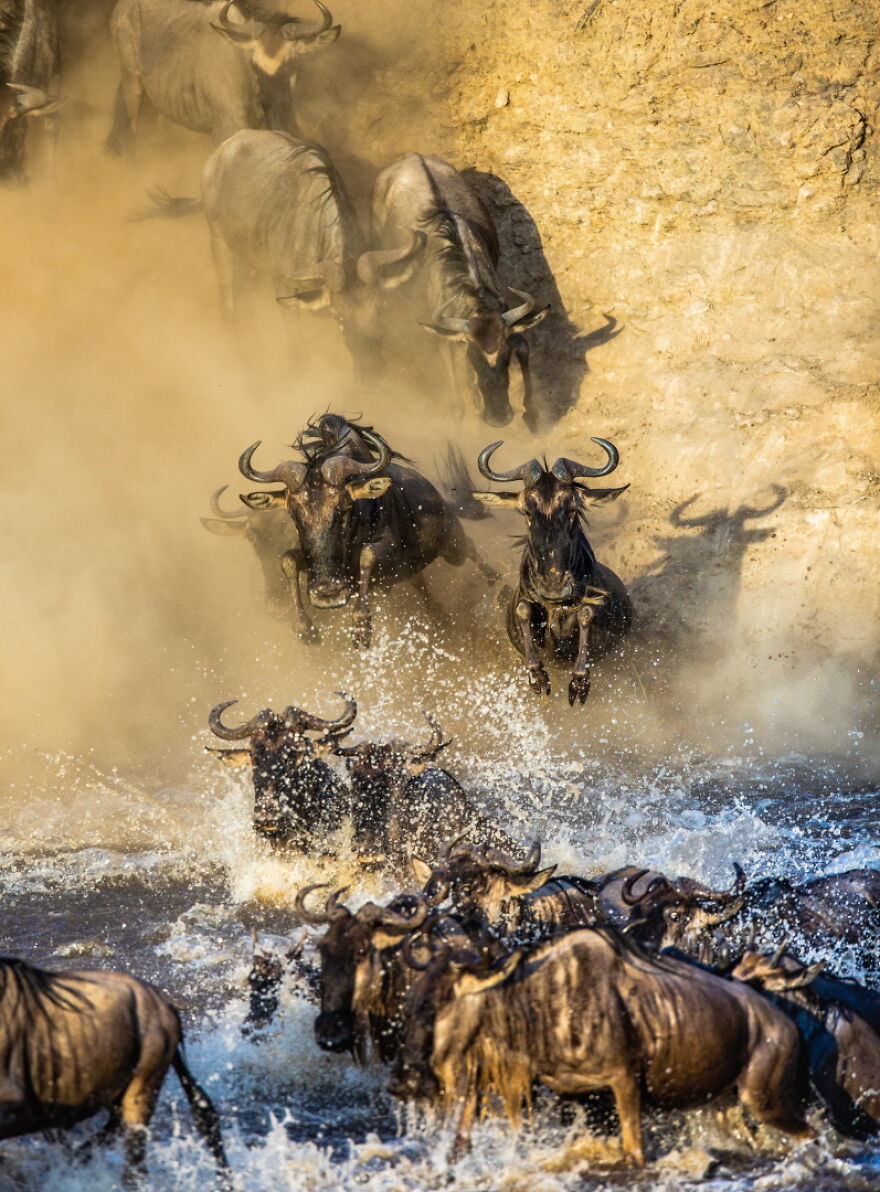
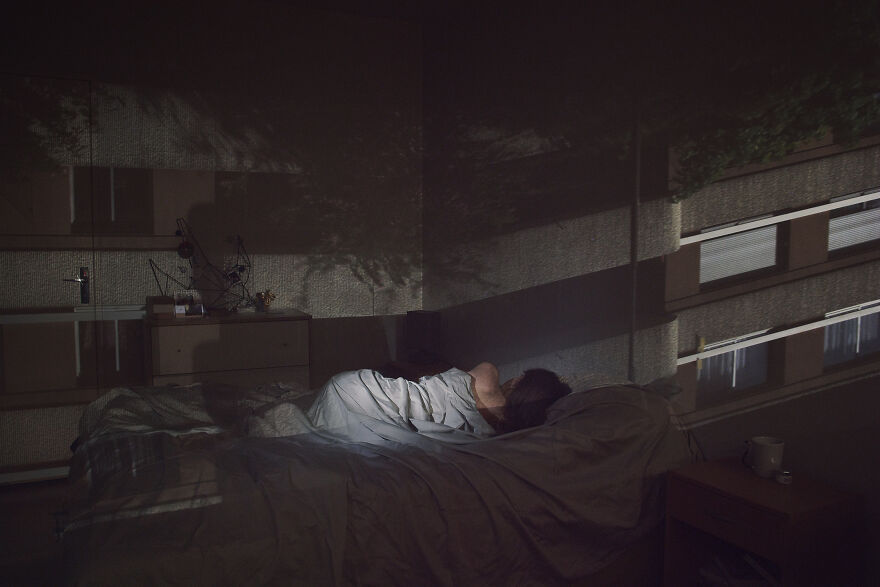
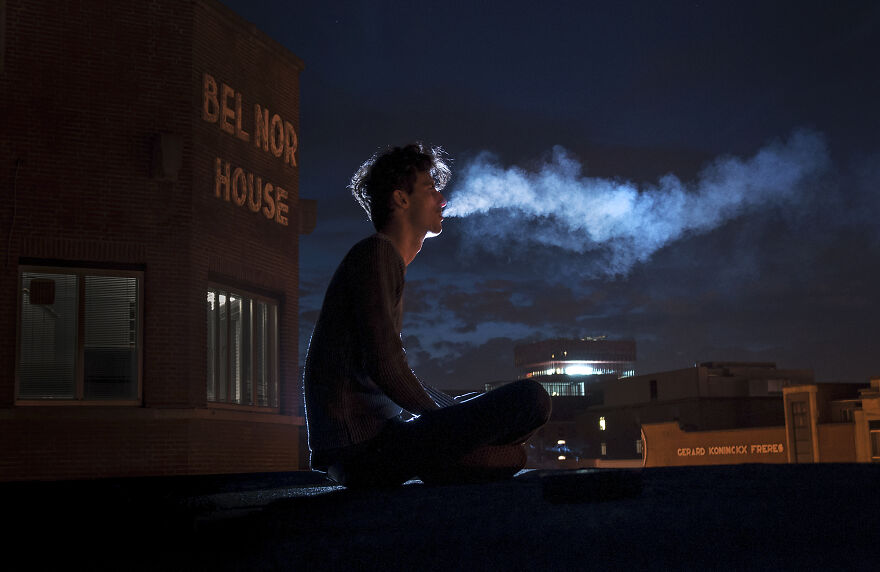
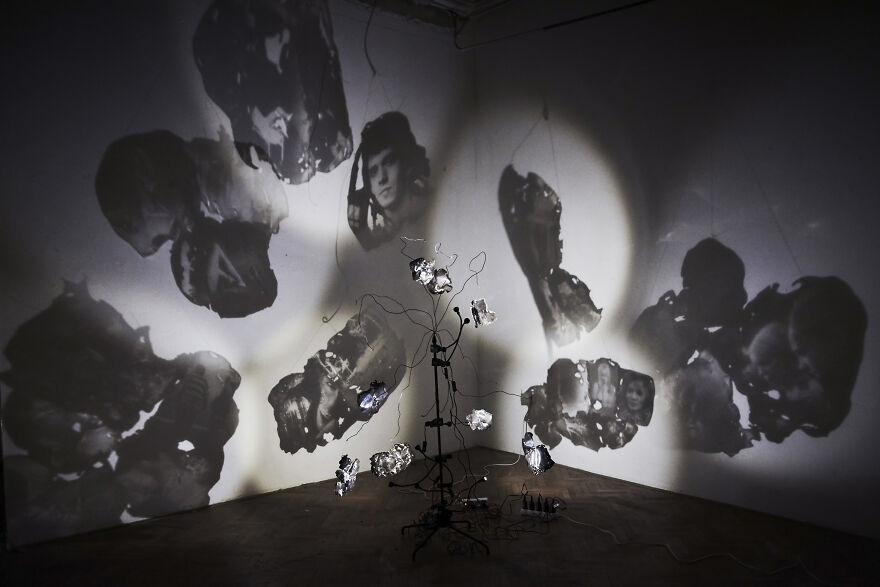
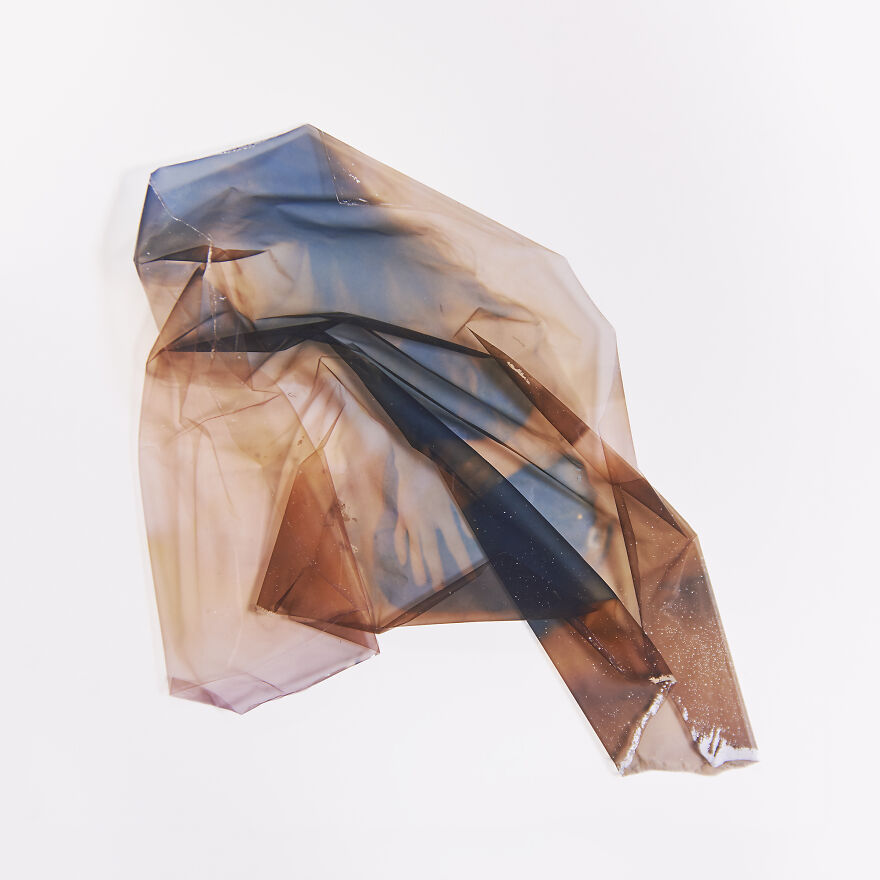
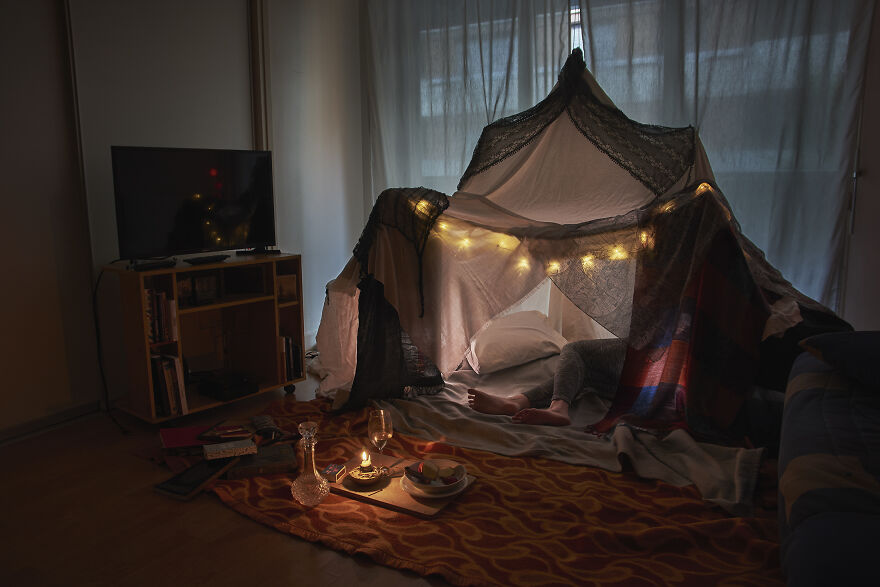
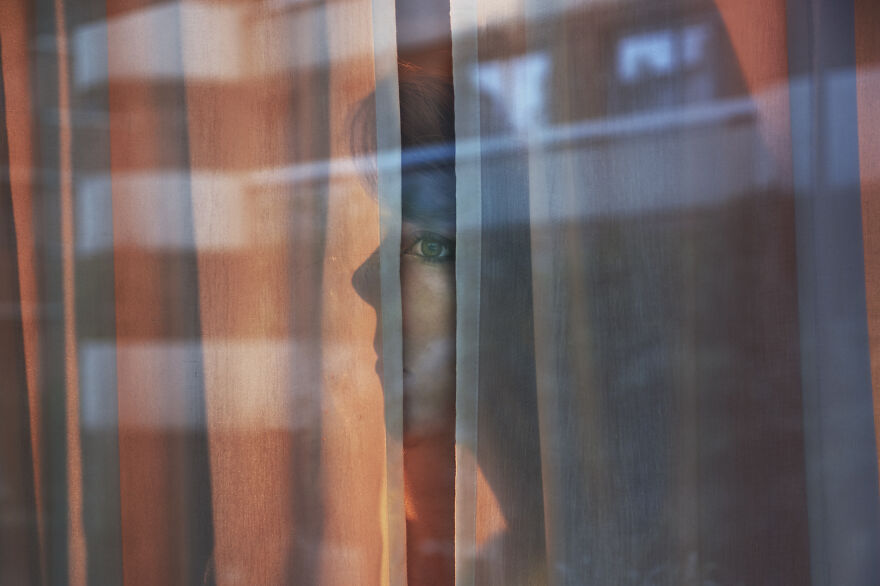
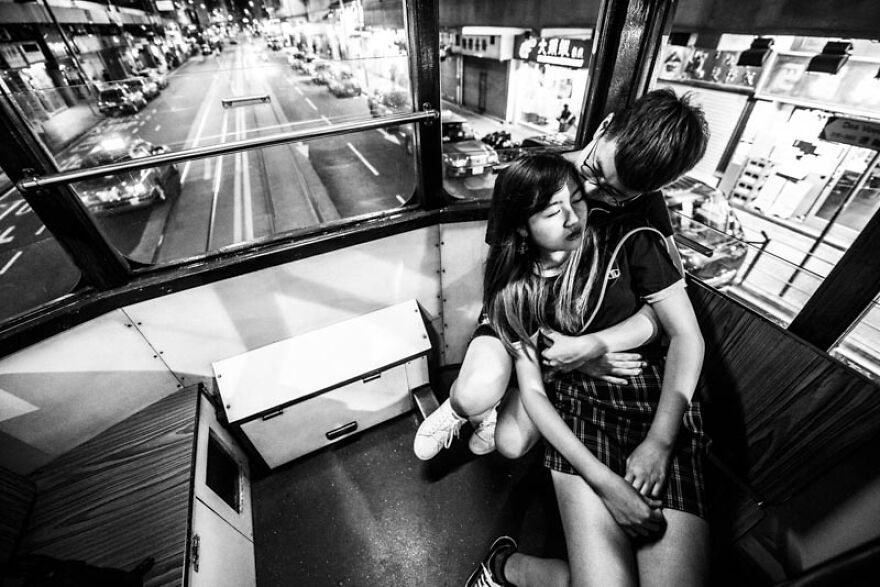
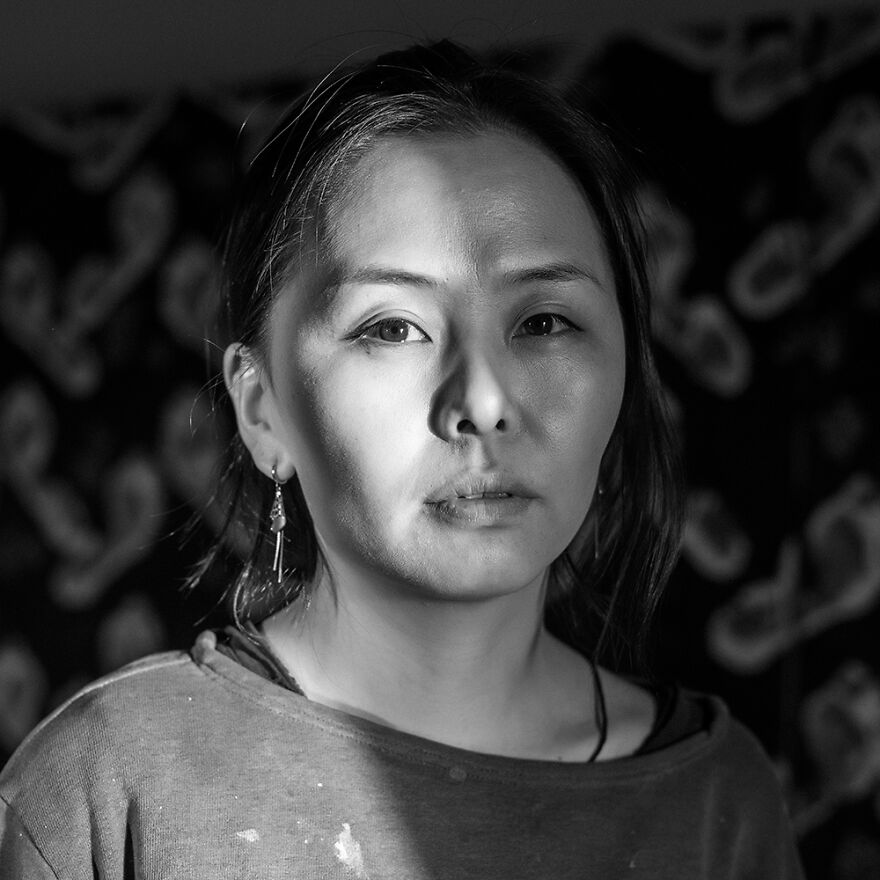
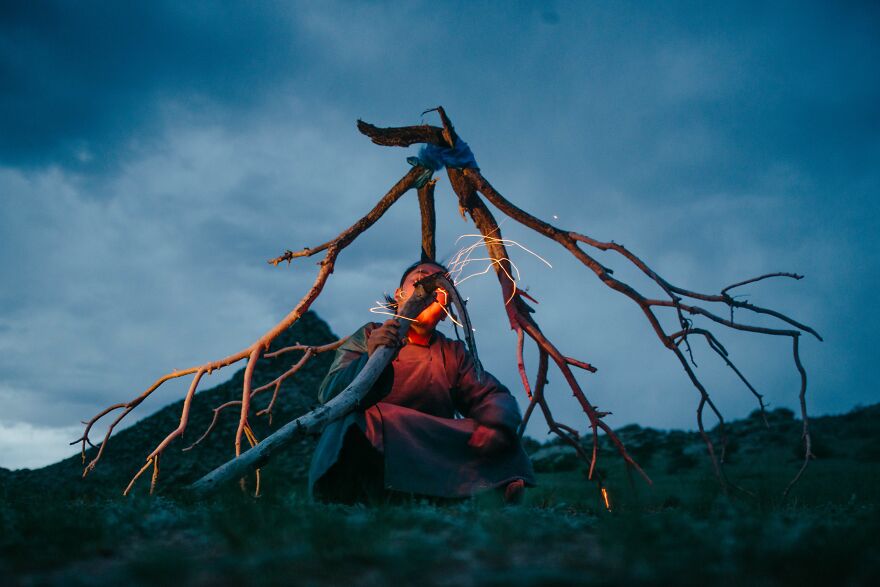
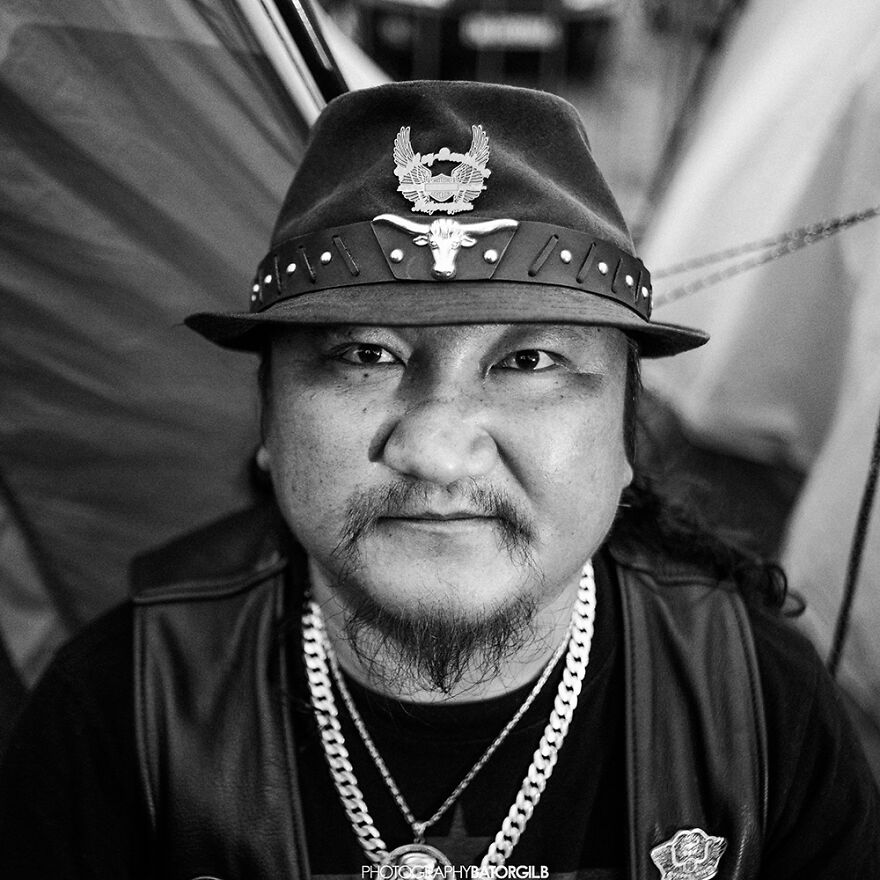
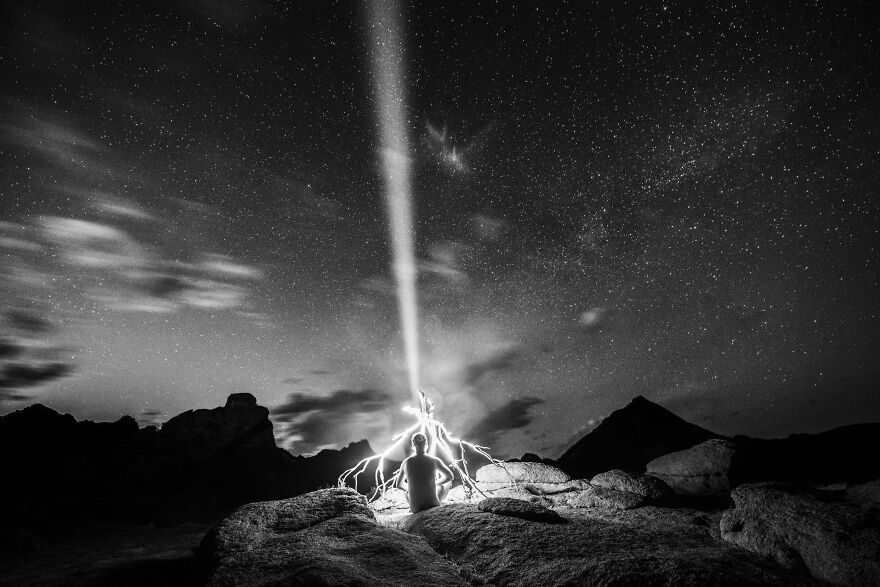
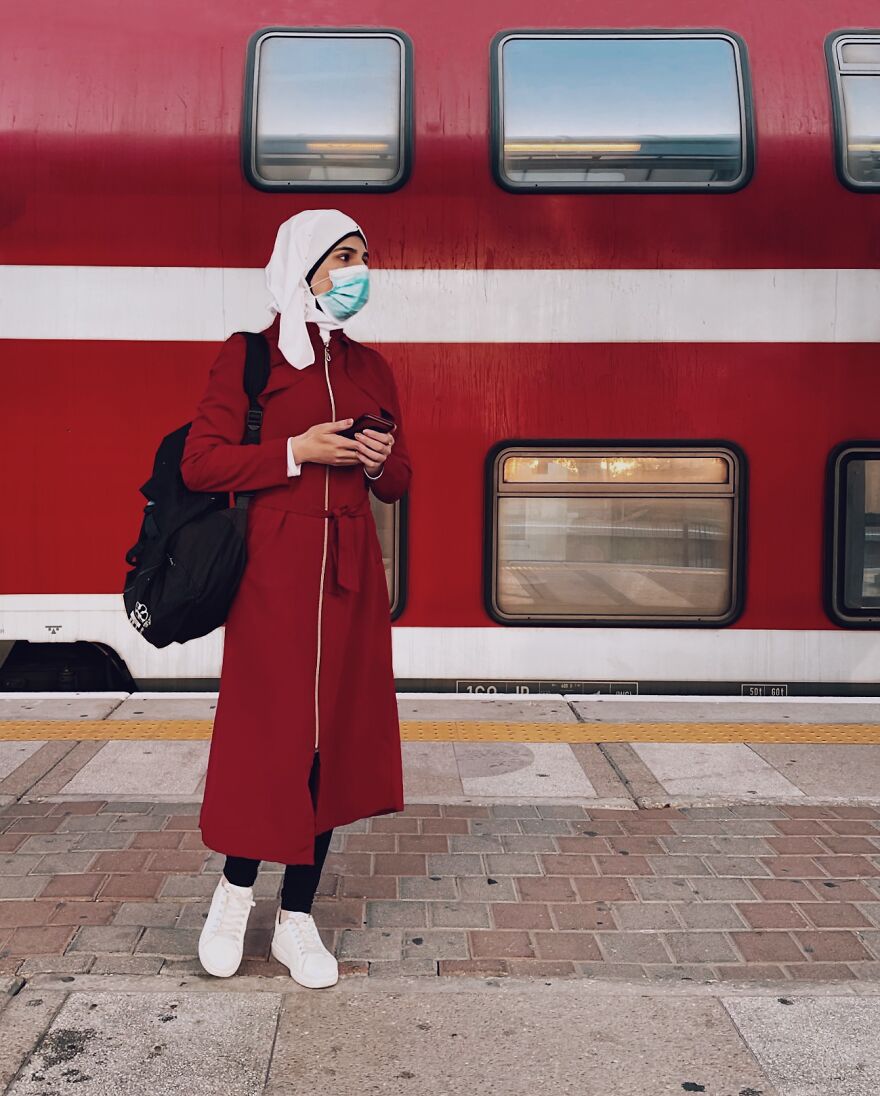
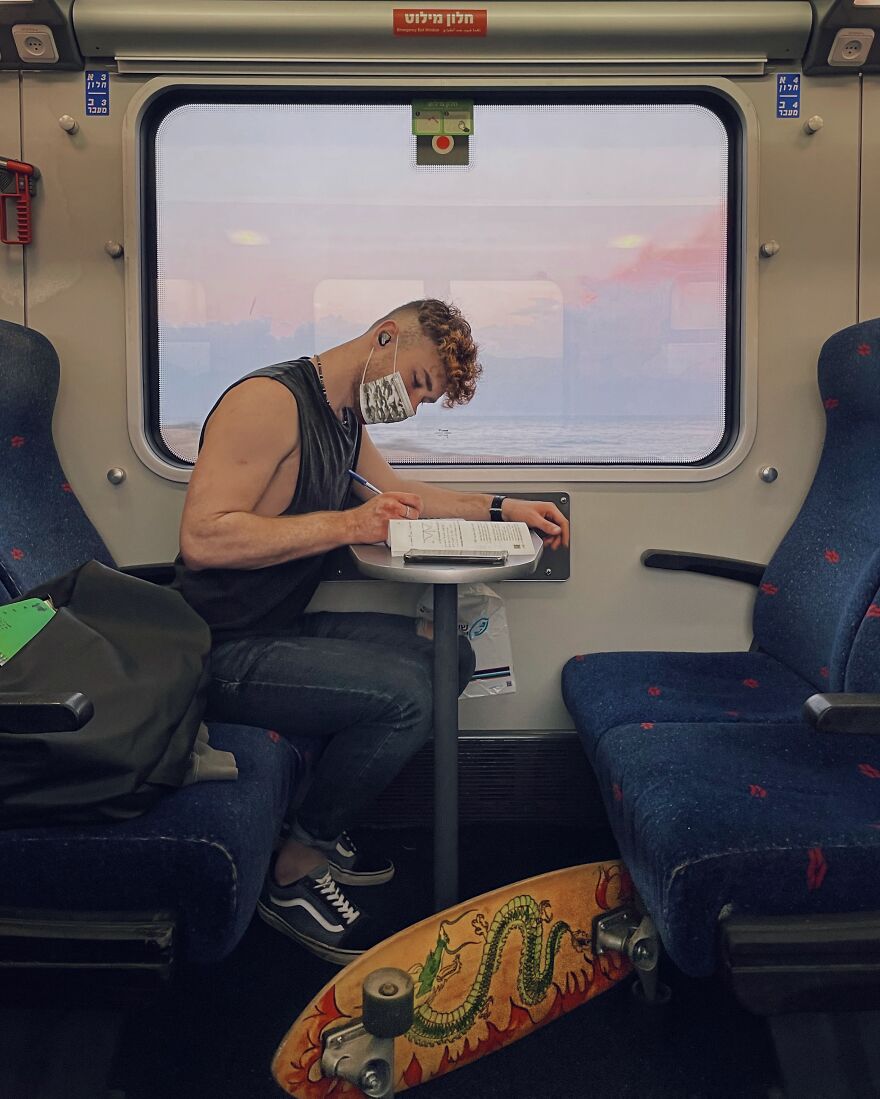
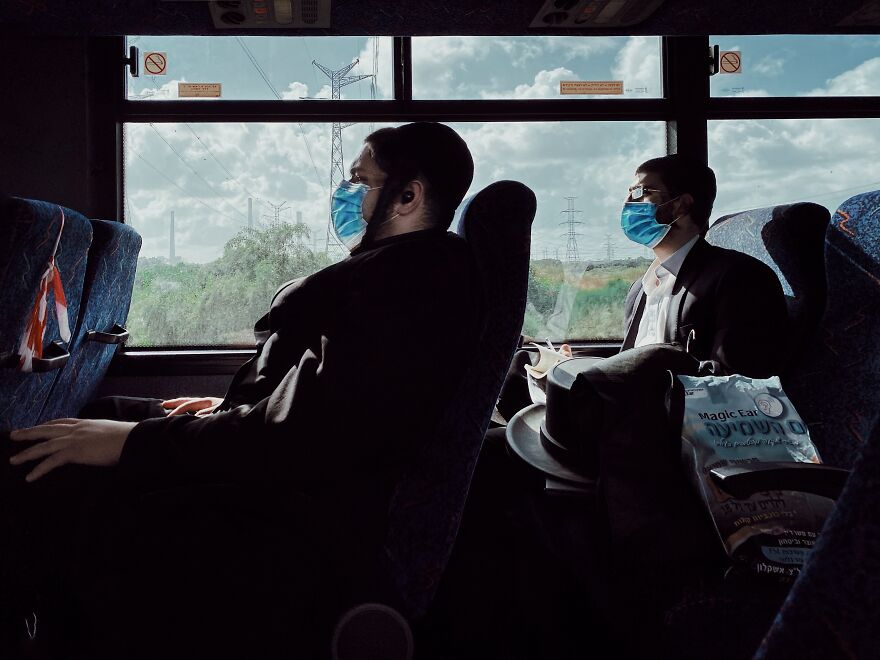
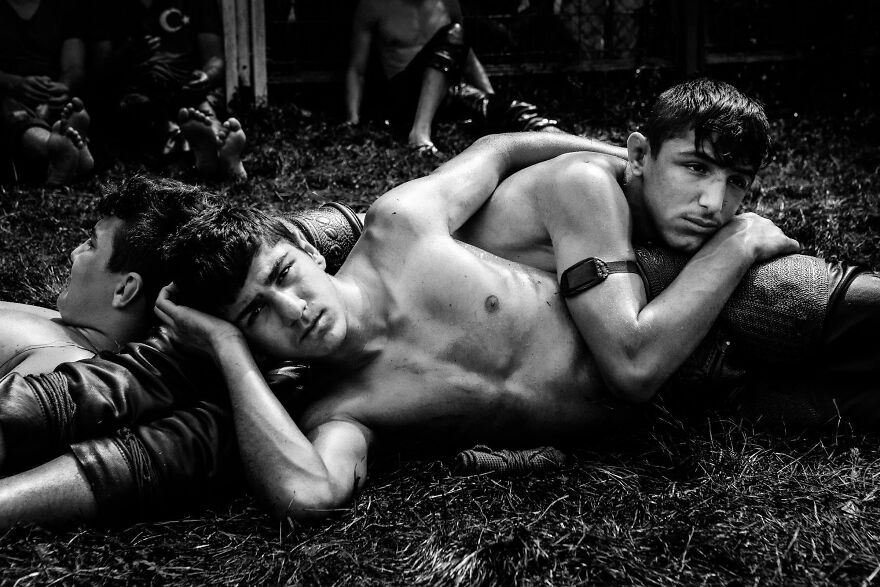
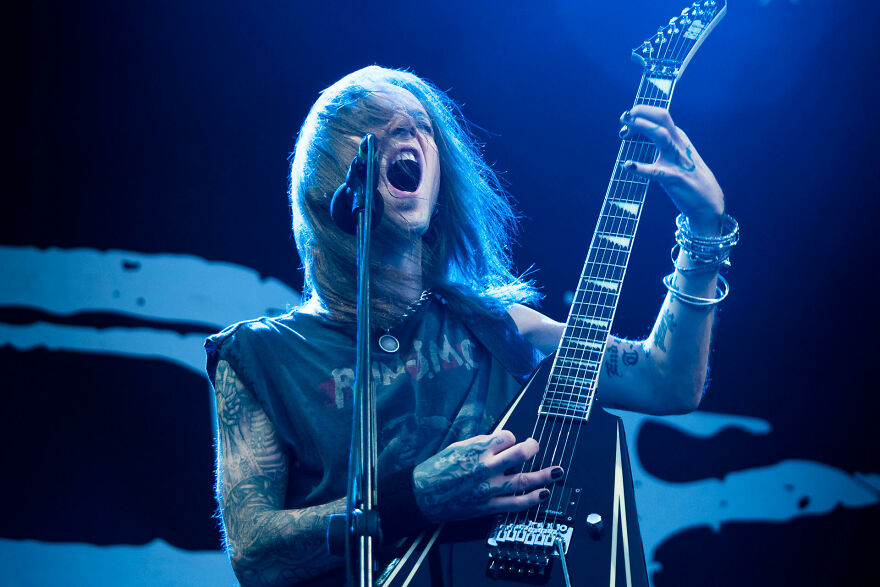

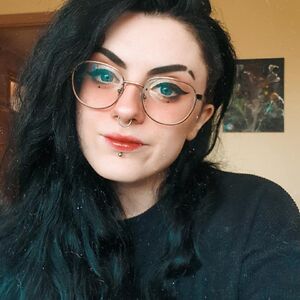


6
0